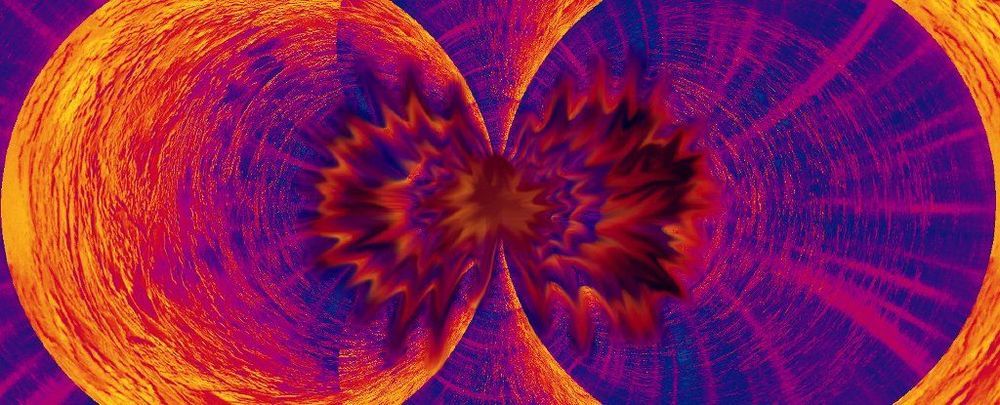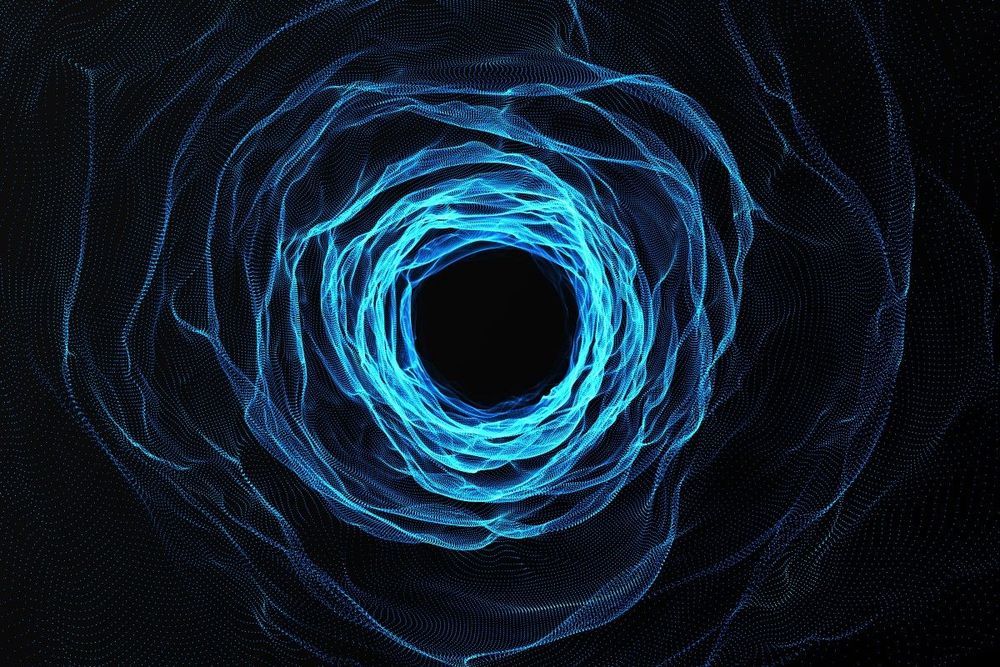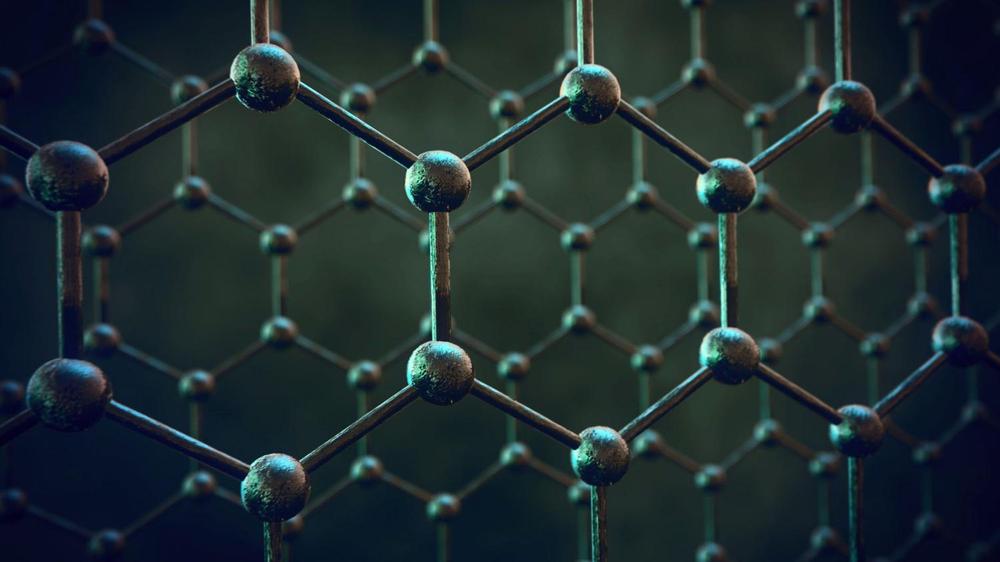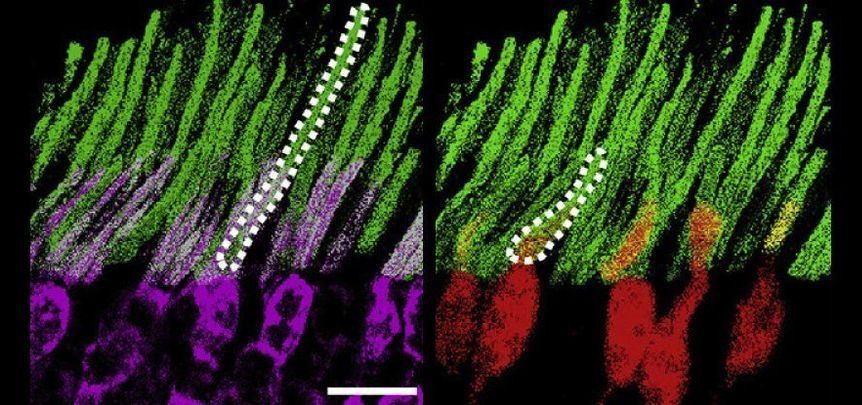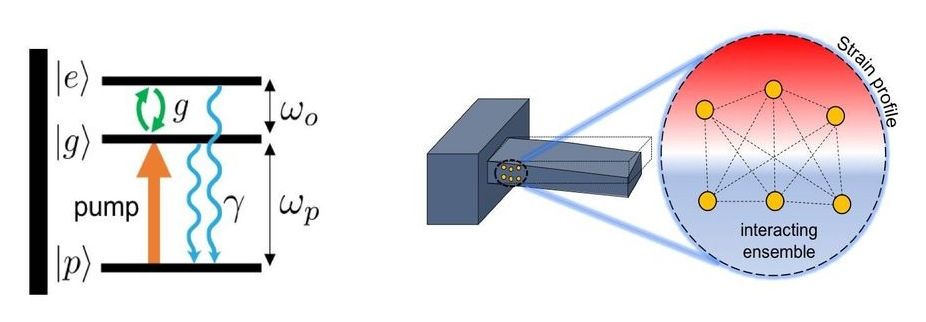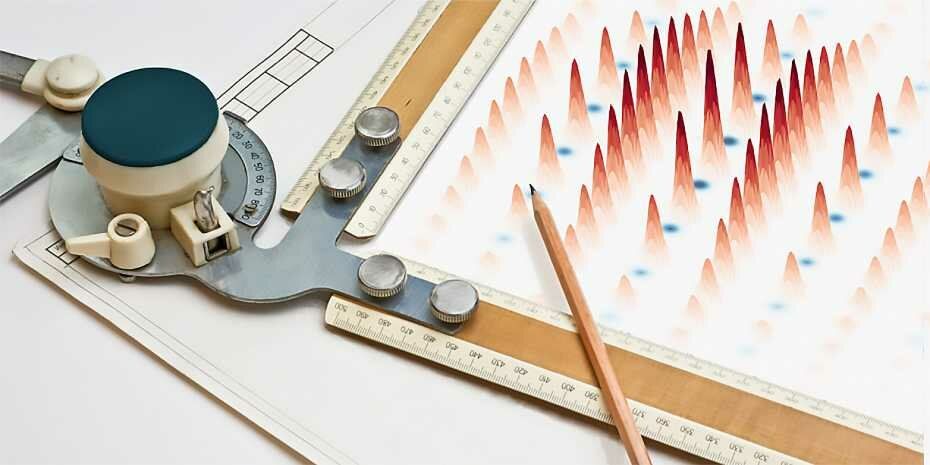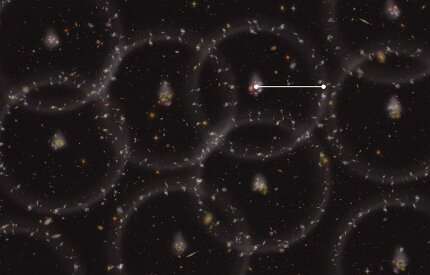Mar 7, 2019
Physicists Want to Use Quantum Particles to Find Out What Happens Inside a Black Hole
Posted by Genevieve Klien in categories: cosmology, particle physics, quantum physics
A new method for analysing the entanglement of scrambled particles could tell us how the Universe still keeps track of information contained by particles that disappear into black holes. It won’t get our quantum information back, but it might at least tell us what happened to it.
Physicists Beni Yoshida from the Perimeter Institute in Canada and Norman Yao from the University of California, Berkeley, have proposed a way to distinguish scrambled quantum information from the noise of meaningless chaos.
While the concept promises a bunch of potential applications in the emerging field of quantum technology, it’s in understanding what’s going on inside the Universe’s most paradoxical places that it might have its biggest pay-off.
